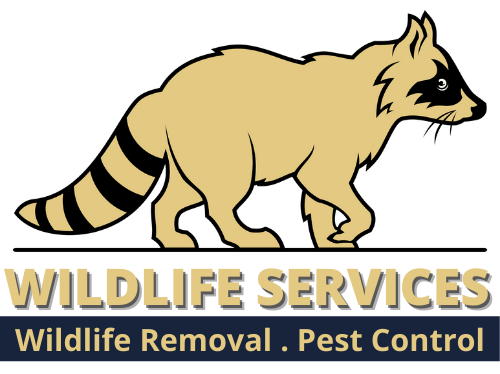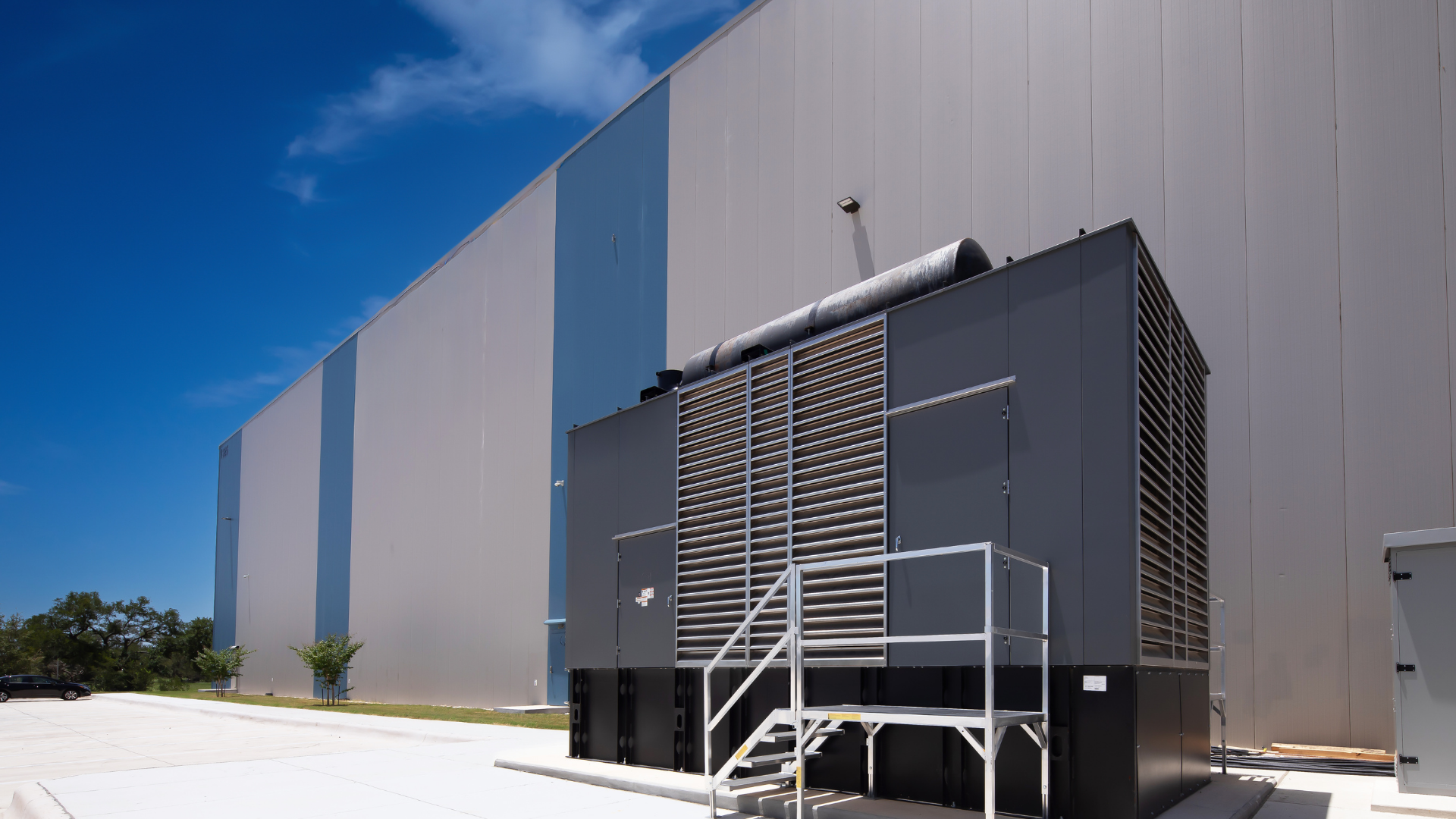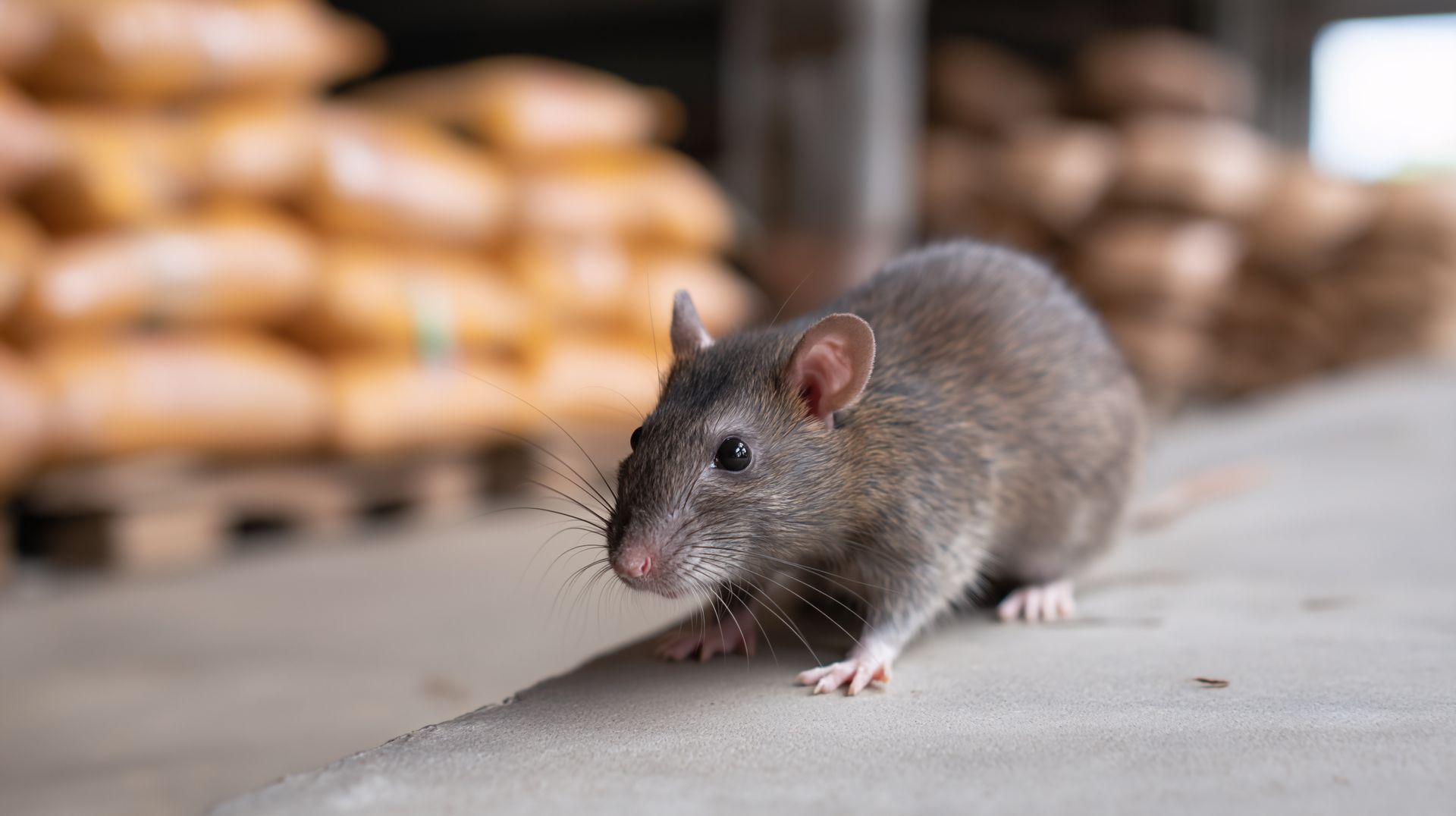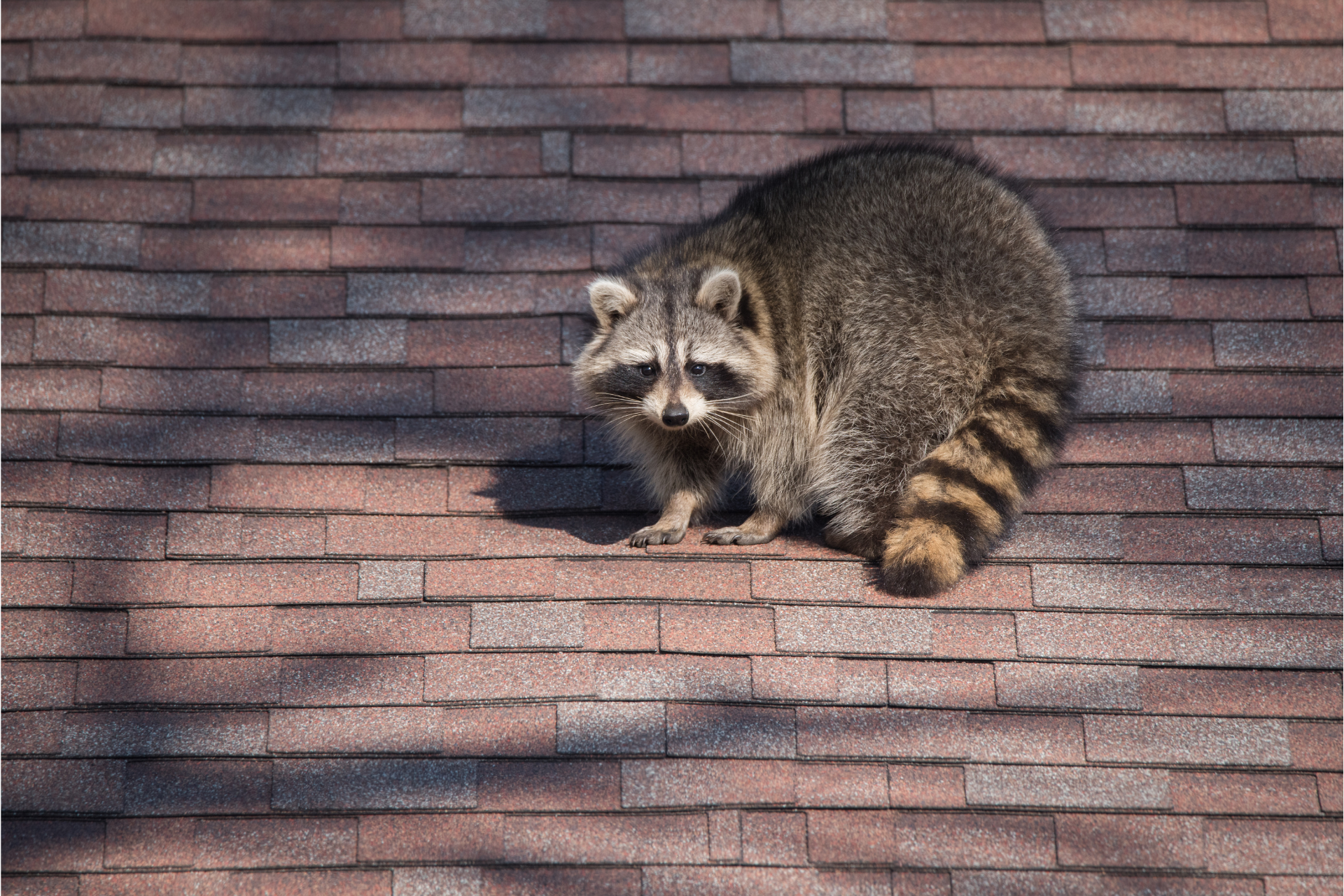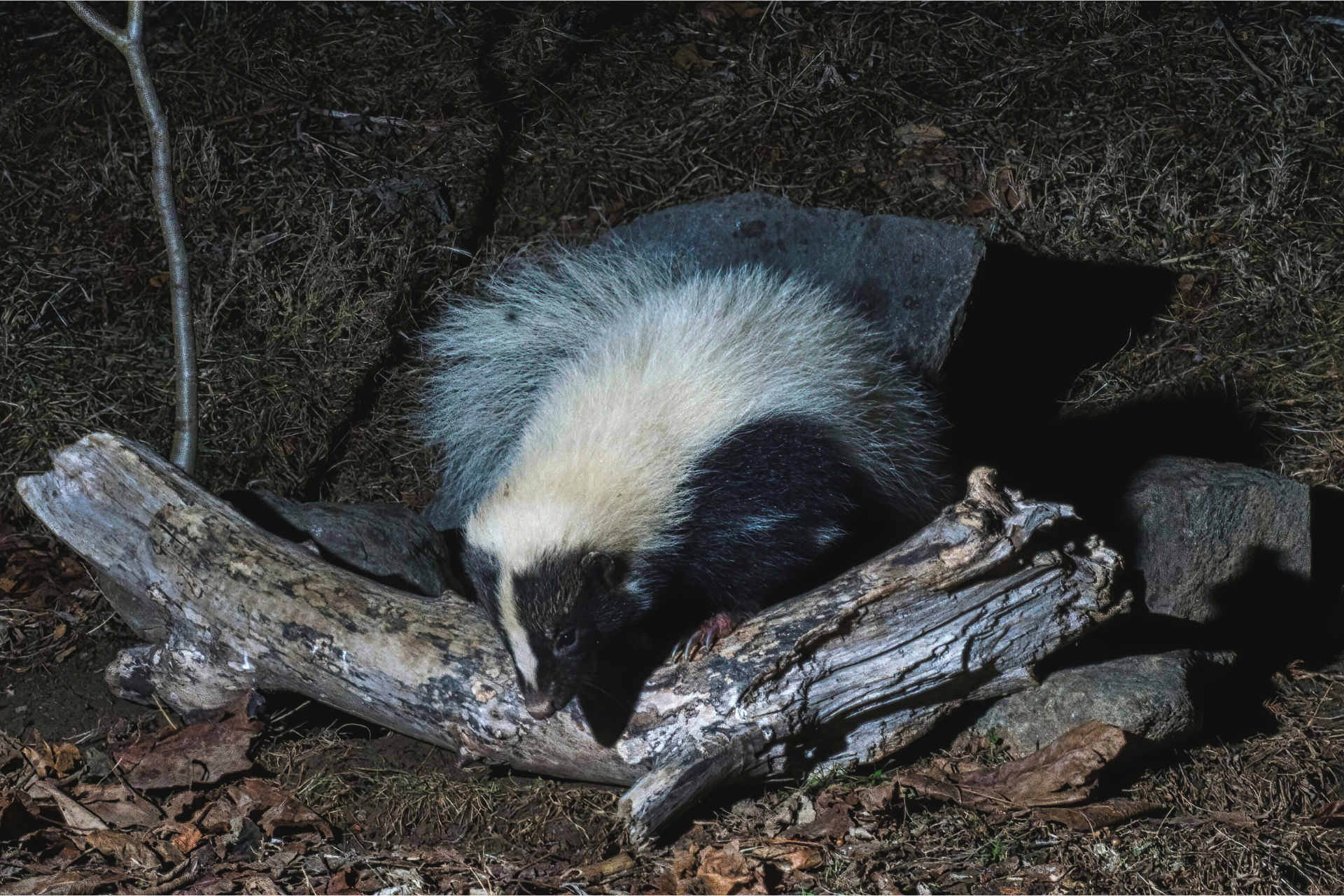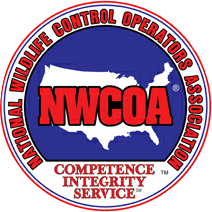How Wildlife Damage Affects Home Efficiency
The Energy Costs Of Animal Infestations
It’s easy to overlook the quiet ways wildlife can work their way into your home’s structure. One day, everything feels normal—the thermostat’s set just right, the air is flowing fine—and the next, your energy bills are creeping up with no clear explanation. The culprit isn’t always a faulty HVAC system or leaky windows. Sometimes, it’s the raccoons in the attic or the squirrels in the walls, slowly wreaking havoc in ways most homeowners don’t even realize until the costs start adding up.
Let’s dig into what’s really going on behind those walls and under the floorboards. Because when it comes to energy efficiency, the damage caused by wildlife is more than just a nuisance—it’s a silent drain on your wallet.
Insulation: Shredded, Soiled, And Ineffective
Insulation is supposed to be a barrier—a quiet protector against the extremes outside. When it’s intact, it traps heat during the winter and keeps the cool air in during summer. But wildlife, especially critters like raccoons, mice, opossums, and squirrels, treat insulation more like nesting material than anything else. They burrow into it, tear it up, and drag pieces away to build their dens. Once they’ve made themselves at home, the insulation loses its structure and its ability to regulate temperature.
And it’s not just about fluff being torn apart. Animals leave droppings, urine, and oils from their fur wherever they go. These contaminants seep into the material, not only making it unpleasant but compromising its effectiveness. So even if insulation looks mostly intact from the attic door, its thermal performance could be totally shot.
That inefficiency doesn’t stay up in the attic. It creeps down into your living space, forcing your heating and cooling systems to work harder to maintain comfort. That’s where the increased energy use begins. The longer the infestation goes unchecked, the worse it gets. Eventually, you could be looking at the need for complete insulation replacement—an expensive fix for what started as a tiny hole in your eaves or an unnoticed crack in your soffit.
Airflow Interruptions: Vents, Ducts, And Chimneys Under Siege
One of the less obvious but equally disruptive consequences of wildlife intrusion is what they do to your home’s ventilation. Birds and squirrels, in particular, have a habit of nesting in places that are designed to breathe—dryer vents, attic fans, chimneys, even the ducts that run through your crawlspace or walls. They see these spaces as warm, dark, and protected. Perfect for raising their young.
But blocking vents and air passages messes with the airflow in your house. When warm or cool air can’t circulate the way it’s supposed to, it results in uneven temperatures and inefficient system operation. You might find that one room stays stifling while another never quite warms up. In response, people tend to crank up the thermostat or run the HVAC longer, which only drives energy usage higher.
Ducts that are chewed through or torn apart—yes, rats and raccoons are capable of that—let conditioned air escape into wall cavities or crawlspaces, places where it’s doing no good. Instead of delivering cool air to your upstairs bedroom, the system is cooling your crawlspace, leaving you sweaty, frustrated, and paying more for less.
Electrical Damage: Chewed Wires And Power Drain
There’s another side to this problem that isn’t as widely talked about: what wildlife can do to the electrical components that drive your climate control systems. Rodents, especially, have a nasty habit of chewing on wires. No one’s really sure why—some say it keeps their teeth filed down, others think it's a search for food or nesting material—but the result is the same: exposed wires, power disruptions, and sometimes even short circuits.
When a thermostat or control panel isn’t getting consistent signals due to damaged wiring, the HVAC system might run longer than necessary or shut off prematurely. That unpredictability not only affects comfort—it causes spikes in energy use as the system cycles improperly. Plus, the risk of electrical fire from chewed wiring is a genuine concern that goes well beyond energy efficiency.
And here’s the kicker: this kind of damage is often hidden. Unless you're crawling through the attic or digging through wall panels, you might not see any evidence until a technician tells you during a costly service call. By then, the animal is long gone, and you’re left sorting through repairs and high utility bills.
The Domino Effect Of Small Intrusions
What starts with a raccoon poking through a vent cover or a mouse slipping into a crawlspace can turn into a chain reaction of inefficiencies. Every little bit of destruction—from shredded insulation to a bird’s nest in the chimney—adds friction to how your home operates. Your heating system might overcompensate for heat loss. Your air conditioning might run overtime trying to force cool air through damaged ducts. Even appliances like dryers or bathroom fans can become sluggish if their exhaust lines are blocked by nesting material.
It’s not unusual for homeowners to chase one problem after another—drafty windows, mysterious hot spots in the house, climbing utility costs—without realizing they’re all symptoms of an underlying wildlife issue. That kind of gradual inefficiency builds up over time. And the longer it's ignored, the more expensive it becomes to reverse.
We Can Help You Restore Efficiency
Wildlife damage isn’t just about noise in the attic or mess in the crawlspace. It impacts the very systems that keep your home livable and your energy use under control. If you've noticed higher energy bills, uneven temperatures, or airflow issues and haven’t been able to pinpoint the cause, there’s a good chance animals have played a role somewhere along the line.
At Wildlife Services, we specialize in more than just removing the intruders—we focus on identifying and repairing the damage they leave behind. From evaluating insulation integrity to sealing entry points and restoring disrupted airflow, our goal is to help homeowners get their houses running the way they should again.
If you suspect animals have compromised your home's efficiency, don’t wait for the next spike in your energy bill to find out.
Contact Wildlife Services today, and let’s get your home back to functioning the way it was meant to.
